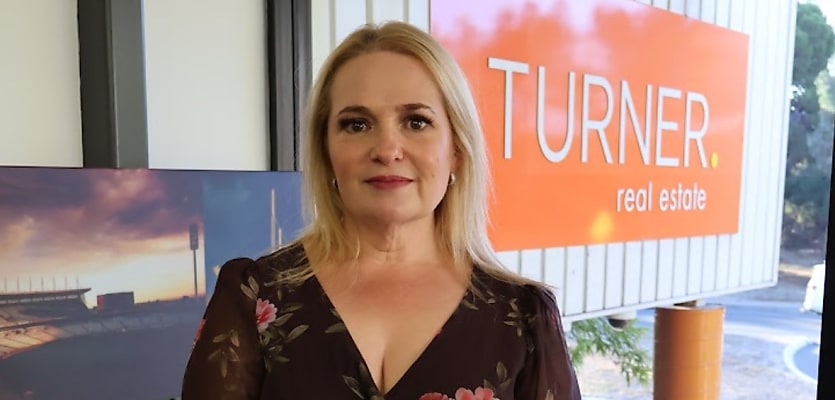Australians hoping for a reprieve on mortgage interest rates in 2024 might be disappointed. Recent economic data suggests the Reserve Bank of Australia (RBA) could raise rates multiple times this year, despite a slight dip in inflation.
To better understand the forces at play, and understand what the future for property holds, let’s break down a few key points:
- Capital growth in property prices
All cities around Australia experienced strong capital growth from 2021, with some capitals such as Adelaide and Brisbane rising as much as 70 per cent over a three-year period. However, while this is a boost for long-term investors, it has also caused a bottleneck of home buyers who are now struggling to enter the market at higher entry rates. The default position for this is of course the rental market, and with property prices continuing to rise, this leap into home ownership is becoming harder – and for some, it will never become a reality, which will in turn create a stronger demand for the rental market longer term.
- The first home buyer profile is changing
In line with rising property prices, the entry level for a first home buyer has changed significantly. While a first home used to be an older house on a larger block, it is now quite common for a purchaser to buy a unit due to affordability. This stock is often owned by a property investor, however that pattern is starting to change, and we are seeing less units available for rental stock.
- Population growth continues across Australia
Our population is growing at a rapid rate. There are now nearly 27 million people living in Australia – an increase of over 10 per cent over the past decade. And the forecast is for continuing growth in all capital cities. Of course, this creates a demand for more housing and particularly, housing close to amenities and focused in the metropolitan areas. Like any supply and demand chain, a lack of supply forces prices higher which we are seeing in both the sales and rental market – without a clear timeline on when supply will meet demand in the future.
- Building costs have risen faster than inflation
Although it’s clear that we need more property and we need it quickly, the costs of building material and labour have risen substantially, which also contributed to rising property prices, especially in developing areas. Although there is expected to be an easing in price rises, there is little chance of a dip with building costs predicted to stabilise over the coming few years.
Coupled with increased population and people seeking different housing types to suit their lifestyle (such as working from home, more amenities onsite or a larger footprint), the demand for housing has never been stronger – and with so many different options sought.
For everyday Australians, it highlights that bricks and mortar should hold solid as an investment, whether you’re an owner-occupier or an investor. And with such a changing landscape, is it time to rethink how we own and invest in property to make it more accessible to future generations? Is fractional ownership a model that will gain traction? Is buying to rent the answer for different areas of high density living to combine housing with a lifestyle?
As we grapple with these policy decisions, the key thing to remember is that shelter is critical to all Australians. It’s something we should advocate and campaign for and ensure that regardless of whether we own or rent a property, that it is safe, provides opportunity and supports a strong nation.
Emma Slape is the CEO of Turner Real Estate.









